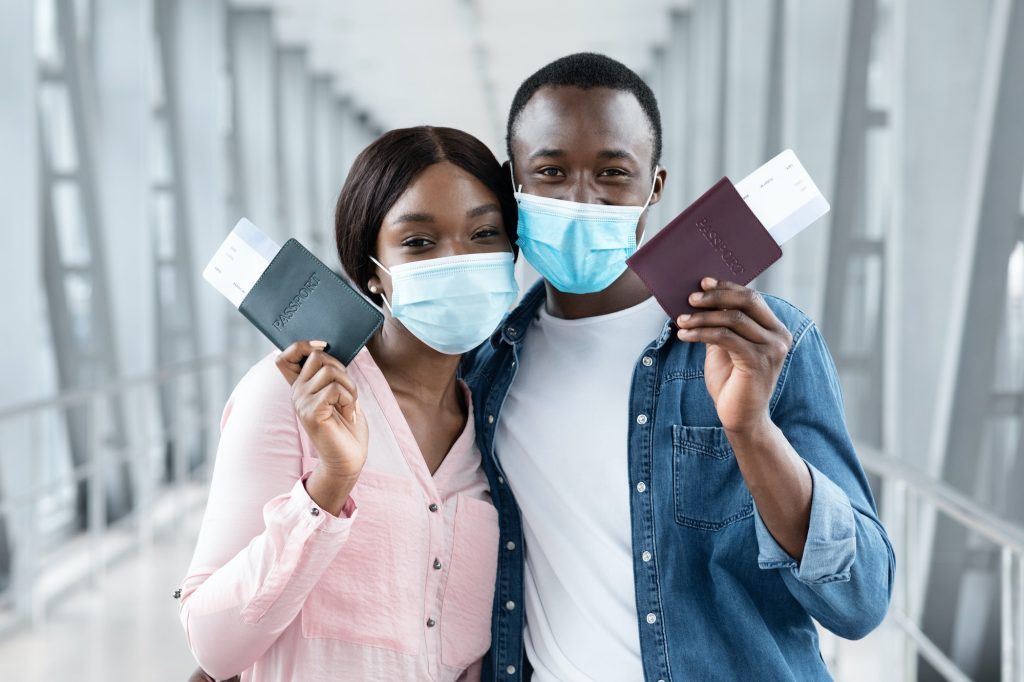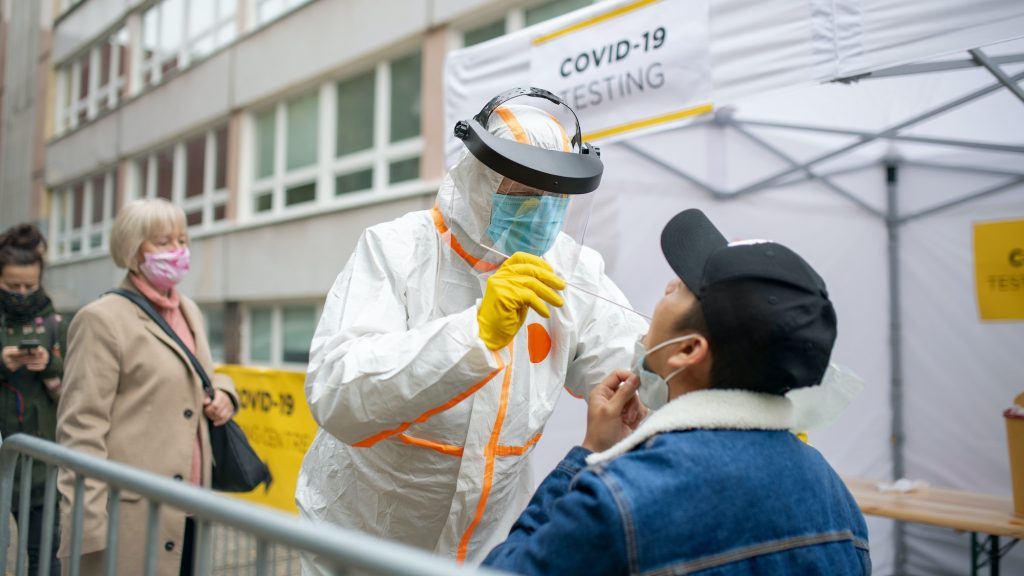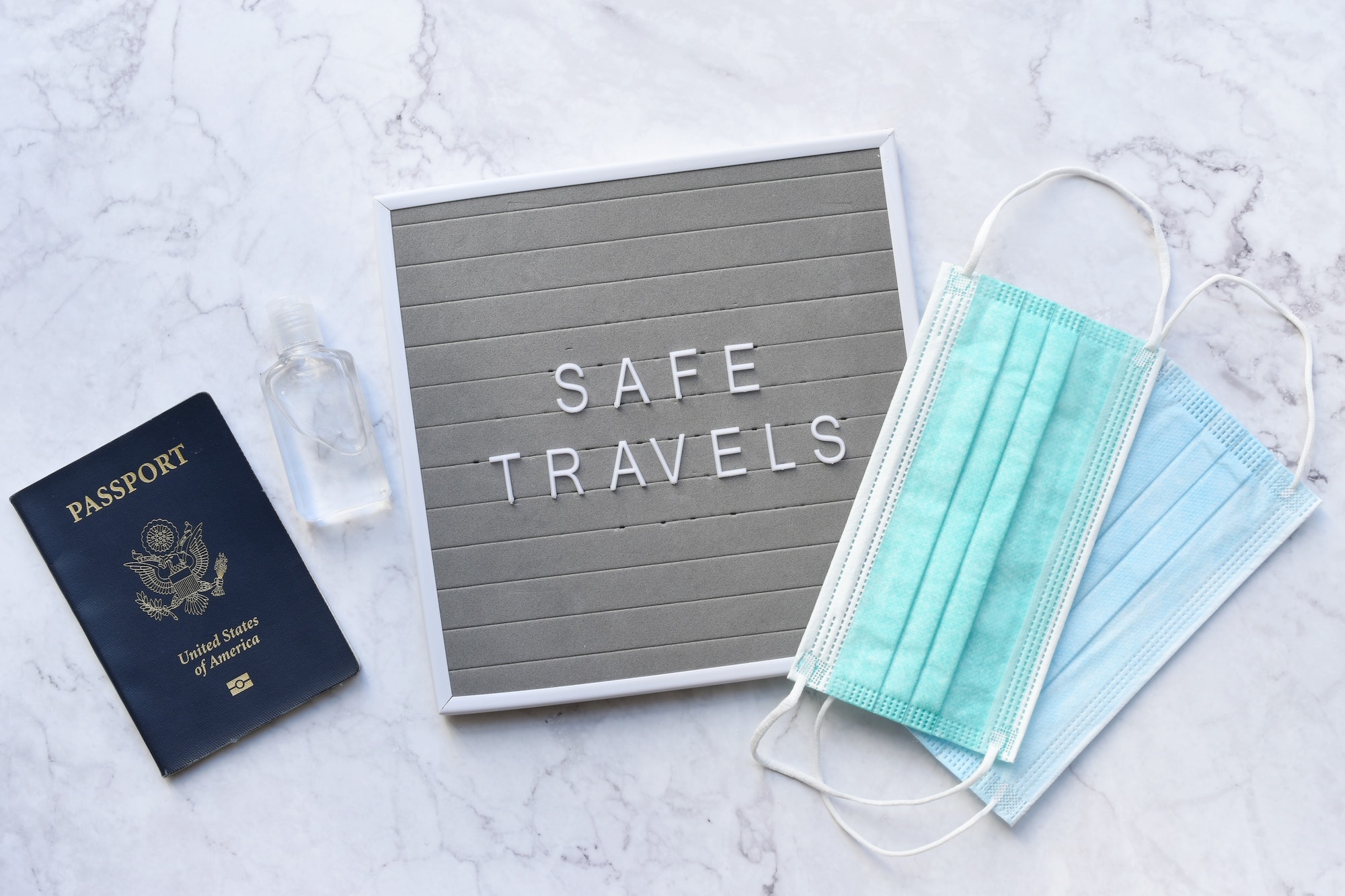The Hawaii Department of Health (HDOH) has implemented a new program called Safe Travels Hawaii for travelers going to Hawaii. This program is designed to protect Hawaii’s residents from the mosquito-borne disease chikungunya and other mosquito-borne illnesses caused by the Asian tiger mosquito. It also protects people traveling to Hawaii who may have been exposed to one of these diseases at their home location. The program will require anyone traveling from an affected area within two weeks or less before arrival in Hawaii during summer 2020 (May 1-September 30) to submit a negative COVID-19 test result prior to departure.
What is Safe Travels Hawaii?
Safe Travels Hawaii is a new program that will help prevent the spread of mosquito-borne illnesses and COVID-19. It’s for people who are traveling to Hawaii and want to protect themselves from diseases.
The program is voluntary, but you must register with Safe Travels before you travel or during your stay in the state.
How do I sign up for Safe Travels Hawaii?

Registration is easy! You can register online or by phone (1-888-289-9277). If you’re traveling soon, sign up at your local airport. If not, better get on it now so you don’t forget! Once registered with Safe Travels Hawaii you’re good to go as soon as you arrive at one of the participating airports: Kona International Airport (KOA), Kahului Airport (OGG), Lihue Airport (LIH), Hilo International Airport (ITO) or Honolulu International Airport (HNL).
When will I receive my pre-travel testing information?
You will receive your pre-travel testing information once you’ve signed up for Safe Travels Hawaii. If you’re already a member, log in to your account and select the “Travel” tab to find the link to start your pre-travel testing process.
Can anyone travel to Hawaii during the Safe Travels Program?
Yes! Anyone who is a resident of Hawaii may travel freely within their state and to any other destination in Hawaii. Residents of states that are not part of the COVID-19 outbreak are also permitted to travel to Hawaii, provided they have been vaccinated or have otherwise avoided contact with infected individuals. Also see – travel to hawaii.
What are the quarantine requirements for travelers under the Safe Travels Program?
Travelers who are on the Safe Travels Program will be required to submit a negative test for varicella zoster virus (VZV), also known as shingles, before arriving in Hawaii. If a traveler fails to do so and tests positive for VZV upon arrival in Hawaii, they must stay at a state-contracted facility until they are no longer contagious.
If you have questions about your eligibility or what steps you should take after submitting your application, please contact the Department of Health at 808-586-4400 or email [email protected].
What are the quarantine requirements for interisland travelers under the Safe Travels Program?
The quarantine requirements for interisland travelers are as follows:
- All persons entering Hawaii must be free of a fever (must not have a temperature of over 100 degrees Fahrenheit) and should have no known communicable disease.
- All persons entering Hawaii under the age of 18 must be accompanied by an adult who is free from a fever (has no temperature over 100 degrees Fahrenheit). The adult may not carry any food or drink into the state that could potentially spread disease to others. If these passengers are traveling with someone who has had measles, mumps or rubella within three weeks before departure, they will need a booster shot for measles at least six weeks prior to travel. This shot must be administered in person by your doctor or other licensed health care provider; it cannot be given at the airport.
What happens if a COVID-19 test result does not come back prior to departure?

If you wish to travel to Hawaii and a COVID-19 test result does not come back prior to departure, the traveler will be required to submit their negative COVID-19 test prior to arrival in Hawaii. If the COVID-19 test is positive, the traveler will not be allowed to travel into Hawai‘i. The traveler will also be required to stay in Hawaii until they receive their negative COVID-19 result.
Will there be random testing of returning residents/transit passengers at the airport?
Yes, there will be random testing of returning residents/transit passengers at the airport after October 15, 2020.
If you are chosen for testing, follow these steps:
Provide your driver’s license or state identification card to TSA security personnel along with a completed Screening Information Checklist (PDF) from the website.
You may also provide your passport and birth certificate if you were born in Hawaii prior to January 1, 1941.
Ask for a private screening room so that you can provide your sample in privacy without others waiting outside and watching you go through the process of providing it (your privacy is important!).
What happens if a traveler receives a positive test result on or after arrival in Hawaii?
If a traveler tests positive for COVID-19 after their arrival in Hawaii, they will be quarantined for 21 days.
Quarantine means that the person must stay in their home or other place of residence for 21 days. They are not allowed to leave the house, even to go outside to get mail or run errands. Their family members may visit them during this time period, but only if they don’t show any symptoms of COVID-19 themselves. If they do have symptoms, then they must stay away from the infected person until they have recovered from the illness (which usually takes about a week).
Who pays for quarantine stays at state-contracted facilities
The traveler is responsible for the cost of their quarantine stay at a state-contracted facility. This is not covered by insurance, nor is it covered by the state or federal government. If someone tests positive for COVID-19 after arrival and cannot leave Hawaii, they will be required to stay in an isolation room at one of these contracted hospitals until they are cleared by a doctor or lab technician.
If you are traveling to Hawaii (- travel to hawaii.), it is important for you to get tested before going there. This will help keep Hawaiians and visitors safe from getting sick with this virus.





0 Comments